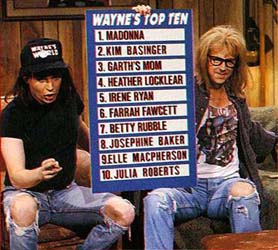
“Passport” radio broadcast from 12/29/08 – special BEST OF 2008 edition
Passport airs every Monday night on 89.1 FM WNYU
This is really not a top ten, and it doesn’t even cover half of my favorite albums of the year, but it does cover just about every one of my favorite records that got play on Passport this past year. Looking over the blog it’s easy to tell that my tastes are much more varied than what’s presented on the show – I would not, for example drop Kanye or even Mayer Hawthorne (since the station is all about focused programming). And the truth is, after 6 years of hosting and DJ-ing my Monday night program, I feel I’m coming much closer to saying goodbye to the show, especially now that I have a co-host I’ve been working with who’s going to keep it alive after I move on. However, since this year has been a good one on the program- starting off back in January with guest appearances from both Chico Mann and Ticklah– I wanted my BEST OF 2008 to highlight all the freaky, funky, global gems that I get to exercise out of my system each and every Monday. I say exersice, because I’m really not able to play too many of these cuts when I DJ out and about- your average club-goer is still not ready for the psychedelic Cumbias that I fiend. So here’s the playlist from last night’s show- I’ve thrown some honorable mentions at the bottom that didn’t make it into the show due to time restraints…
Artist – “Song Title” – Album Name – (Record Label)
Brownout “Barretta” Homenaje (Freestyle)
Karl Hector and The Malcouns “Toure Samar” Sahara Swing (Now Again)
Gabo Brown & Orchestre Poly-Rythmo “It’s A Vanity” African Scream Contest (Analog Africa)
Curumin “Compacto” JapanPopShow (Adrenaline)
Chicha Libre “Sonido Amazonico” Sonido Amazonico (Barbes)
Sonora Casino “Astronautas A Mercurio” Obsession (Bully)
Bio Ritmo “Bionic Boogaloo” Bionico (Locutor)
Grupo Fantasma “Se Te Mira” Sonidos Gold (Aire Sol)
Bronx River Parkway “Agua Con Sal” San Sebastian 152 (Truth & Soul)
Keziah Jones “Pimpin'” Nigerian Wood (Warner Bros)
Jackson Conti “Sao Paulo Nights” Sujinho (Mochilla)
Chico Mann “Dilo Como Yo” Analogue Drift (Unreleased)
honorable mentions:
V/A – The entire NIGERIA SPECIAL series on Soundway
V/A – Calypsoul
V/A – Bachata Roja
V/A – The Roots Of Chicha
Tito Puente – The Complete 78’s
Joe Bataan – Under The Streetlamps
Seun Kuti – Seun Kuti + Egypt 80
Femi Kuti – Day By Day






That’s the same question I’ve been asking. I started getting these SqueakeClean newsletters (probably via Scion or Antics), and dismissed them as post-Hollertronix wannabes. But when I first heard of the music video involving Chuck D, Obey, and the director duo.. and then numerous other projects involving Santogold, Kanye, and seeing them perform on the same bill as Justice, its like I HAD to notice.
And the song ‘Money’ has more to it than just its musical qualities.
The album’s contributor list absolutely nuts. It has to come from their combined networking right? Speigel being Spike Jonze’s brother and former producer for the Yeah Yeah Yeahs.